
- Appointments
- Awards
- Books & Authors
- Committees
- Deaths
- Defence
- Economic
- Environment
- Finance
- Important Days
- International
- Miscellaneous
- National
- Persons in NEWS
- Places in NEWS
- Regional
- Reports
- Resignations & Retirements
- Science & Technology
- Sports
- September 2016 - Exams Resources
- Current Affairs - Quiz
- Current Affairs - Test
- Current Affairs - PDF
Current Affairs Sep 2016 - Environment
News 1 - 3.7 Billion Years Old fossils discovered in Greenland

Archaeologists have found a 3.7 billion-year-old fossil in Greenland and is believed to be the oldest fossil ever found on Earth. the fossil was discovered in the worlds oldest sedimentary rocks in the Isua Greenstone Belt along the edge of Greenlands icecap. The findings were published in journal Nature on 31 August 2016.
Scientists believed that life on Earth started 3.8 billion years ago, but there was no physical evidence to prove it. This is the first evidence that proves when life actually started on Earth.
News 2 - New species of Pterosaur from early Jurassic Period discovered in Patagonia
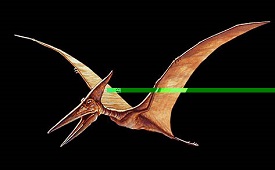
Scientists have discovered a new species of pterosaur − an extinct group of flying reptiles from the early Jurassic period in the Patagonia region of South America. The discovery was published in the journal PeerJ.
The researchers have named this new species 'Allkauren koi' from the native Tehuelche word 'all' for 'brain', and 'karuen' for 'ancient'. The flying reptile lived in the early Jurassic period. Paleontologists found the new fossil in north central Chubut province in Argentina.
News 3 - Newly discovered fish in Hawaii named after Barack Obama

A newly discovered fish species, of the genus Tosanoides, will be named after U.S. President Barack Obama in honor of his contributions to marine life conservation in Hawaii.
The fish is found only within the Papahanaumokuakea Marine National Monument, a World Heritage site. Obama expanded the monument to include 582,578 square miles and the 7,000 species that live there, including endangered monk seals, whales and sea turtles. Earlier a species of darters found only in the Duck River and the Buffalo River in US was named Etheostoma Obama in 2012.
News 4 - Ghost snake discovered in Madagascar
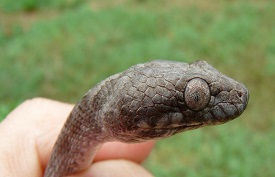
Scientists have discovered a new snake species at the Ankarana National Park in Madagascar and named it ghost snake for its pale grey coloration and elusiveness. It has been named Madagascarophis lolo, pronounced luu luu which means ghost in Malagasy. It was published in the scientific journal, Copeia.
The researchers from the Louisiana State University (LSU) Museum of Natural Science, the American Museum of Natural History in the US and the Universite de Mahajunga in Madagascar studied the snakes physical characteristics and genetics.
News 5 - One-Tenth of world's wild areas vanished since 1990s: Research
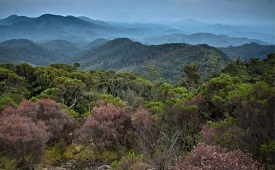
A research team has discovered that the world's wild areas have reduced by a tenth in the past two decades. The research findings were published in the journal Current Biology.
According to the report, the wild areas that vanished are mostly in South America and Africa, and only about 20% of the world's land area is sorted as wilderness currently. An estimated 3.3 million square kilometres of wilderness area was destroyed in the past 20 years. 30 million square kilometres (23 percent of the worlds land area) still survives as wilderness.
News 6 - Marine National Monument in Atlantic Ocean
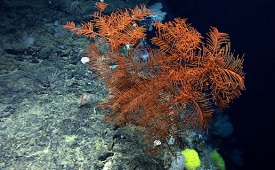
President Obama designated the first marine national monument in the Atlantic Ocean, protecting fragile deep-sea ecosystems off the coast of New England as the Northeast Canyons and Seamounts Marine National Monument.
The new national monument will provide critical protections for important ecological resources and marine species, including deep-sea coral and endangered whales and sea turtles. It will protect 12,725 square km of ecosystems encompassing three underwater canyons deeper than the Grand Canyon, and four underwater mountains.
News 7 - Environment Ministry announces Major Initiative for R&D into Next Generation HFC refrigerant alternatives

The Ministry of Environment, Forest and Climate Change (MoEFCC) announced an ambitious collaborative R&D programme to develop next generation, sustainable refrigerant technologies as alternatives to HFCs. With this initiative, India reaffirms its commitment to working with all other nations to safeguard the Earths natural ecosystem.
The initiative is a significant step forward in line with Indias national focus on research, innovation and technology development and Mission Innovation. The research initiative of the Ministry will be led by the CSIRs Indian Institute of Chemical Technology, Hyderabad.
News 8 - Invasive GALS sighted at Goa University
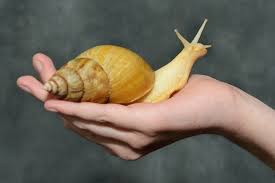
Giant African Land Snail (GALS) has been sighted near Goa University campus at Taleigao plateau. GALS (Achatina fulica) has been listed as one of the worlds 100 most invasive species by IUCN.
Ecologically, the species are dangerous as they reproduce faster and take over entire ecosystems. They thus become a menace to crops. They also have a potential to displace local land snails species. It may also pose a health threat as they are vectors of human disease such as brain fever.
News 9 - Ground-dwelling lizard discovered in Mumbai, named after Bengaluru scientist Varad Giri
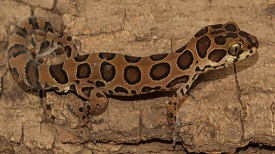
The first new ground dwelling gecko was discovered in Goregaon's Aarey Colony and Thane's Badlapur forested belts. Lizard has been named after a Bengaluru-based scientist, Varad Giri.
It is found in various forest localities of states like Maharashtra, Gujarat and one locality from Madhya Pradesh. They are active during night and take refuge under rocks and logs during the day. It is an international honour, as this is the third time after a new snake species and a lizard species − both endemic has been discovered from the biodiversity rich Western Ghats of Maharashtra-Karnataka region.